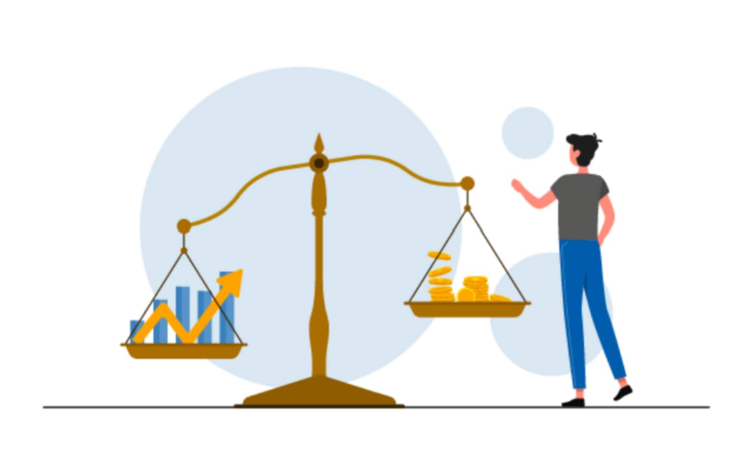The recent launch of the Canara Robeco Balanced Advantage Fund on July 12, 2024, has reignited interest surrounding balanced advantage funds (BAFs). Not that these funds were not in vogue; however, the bullish run of the stock market encouraged many investors to adopt an aggressive approach while opting for equity mutual funds for investment.
For those unfamiliar, these funds, also referred to as dynamic asset allocation funds, are a type of mutual fund aimed at striking a balance between risk and return. This is because BAFs allocate investments across both stocks (equity) and bonds (debt). This diversification aims to combine the growth potential of stocks with the stability provided by bonds.
In contrast to traditional hybrid funds that maintain a fixed asset allocation, BAFs modify their equity and debt ratio in response to market conditions. This clarifies why these funds may appeal to investors seeking exposure to the growth potential of stocks while maintaining comfort with lower associated risks. The dynamic asset allocation strategy is tailored for investors with a long-term investment horizon.
Below is a table showcasing top-performing BAFs along with their five-year and 10-year returns, providing valuable insights for long-term investors evaluating these funds for their investment portfolios.
|
Name of the fund |
5-year returns (in %) |
10-year returns (in %) |
|
HDFC Balanced Advantage Fund |
20.73 |
16.21 |
|
Edelweiss Balanced Advantage Fund |
17.67 |
13.38 |
|
Invesco India Balanced Advantage Fund |
13.62 |
12.57 |
|
Nippon India Balanced Advantage Fund |
14.47 |
12.55 |
|
Aditya Birla Sun Life Balanced Advantage Fund |
14.69 |
12.40 |
| Source: AMFI (As of July 17, 2024) | ||
Asset allocation of balanced advantage funds
Balanced advantage funds, also known as dynamic asset allocation funds, stand out because they do not maintain a fixed asset allocation. Unlike traditional balanced funds that typically keep a static equity-debt mix (often 50/50), BAFs automatically adjust these proportions based on prevailing market conditions. Here’s how BAFs manage asset allocation:
- Flexibility: According to Securities and Exchange Board of India (SEBI) regulations, BAFs can allocate anywhere from 0% to 100% of their assets between equity and debt. This flexibility enables fund managers to adopt more strategic approaches.
- Target allocation: While the range varies, BAFs generally aim for a moderate equity allocation, usually between 60 and 70%. This strategy aims to balance growth potential with lesser risk when compared to pure equity funds.
- Dynamic adjustments: The distinctive feature of BAFs is their capability to dynamically adjust the allocation between equity and debt. Fund managers employ predefined models to analyze market conditions and decide on the optimal asset allocation.
- Risk management: In bullish markets, the fund may raise its equity allocation to capitalize on growth opportunities. Conversely, during bearish markets, it may tilt towards debt for added stability. This proactive approach aids in long-term risk management.
Investing in BAFs can significantly mitigate the impact of market volatility. By adjusting asset allocations, these funds aim to lower volatility relative to pure equity funds. This strategy helps stabilize the fund’s value, potentially minimizing fluctuations during market downturns. The equity allocation in these funds provides the opportunity for long-term capital appreciation. The fund manager’s expertise guides the determination of the optimal asset allocation in response to market conditions.
3.6 Crore Indians visited in a single day choosing us as India’s undisputed platform for General Election Results. Explore the latest updates here!














